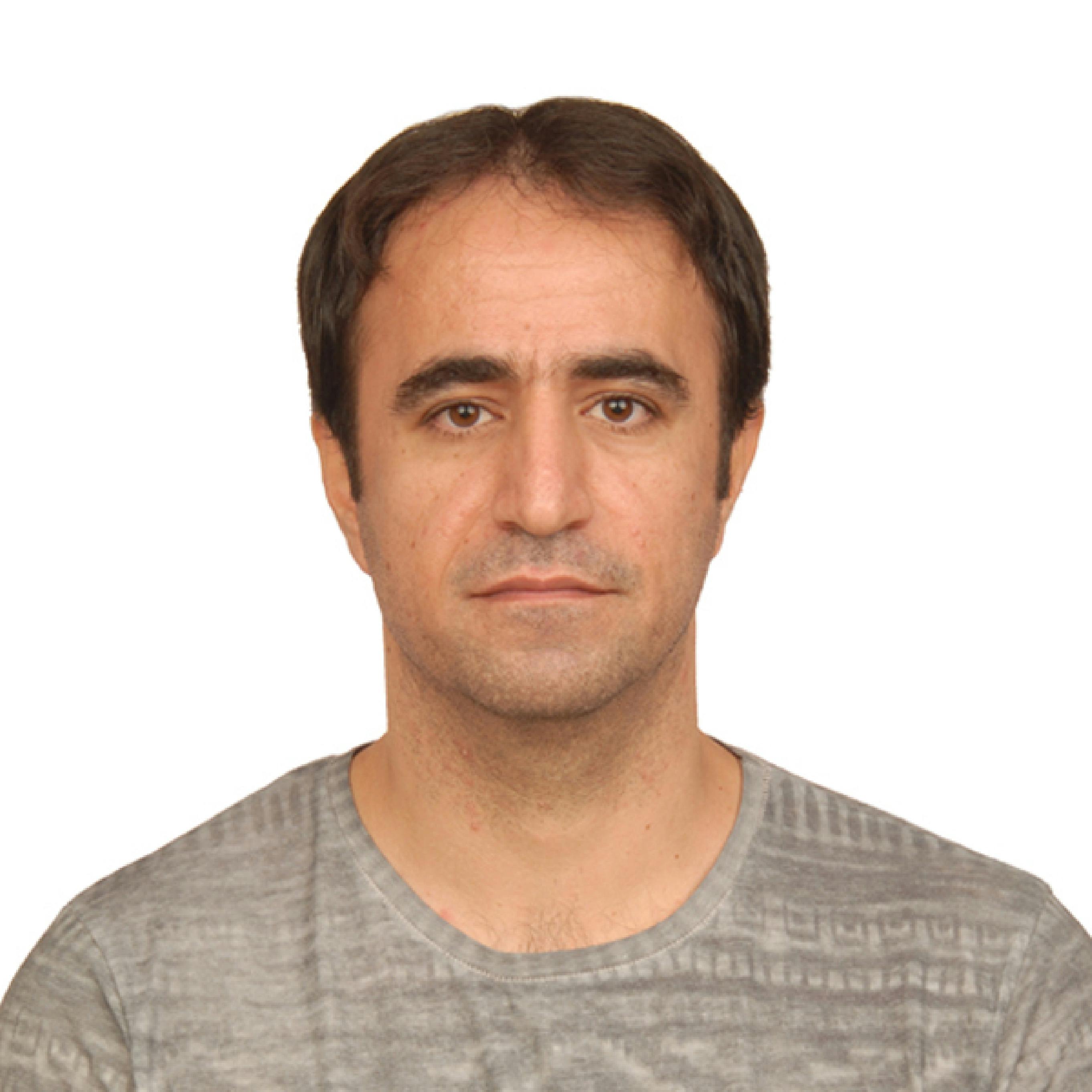Information on ADAGIO Fellows and Projects
Information on the successful candidates and their individual projects will be published here once the contracting procedures have been completed.
Information on the successful candidates and their individual projects will be published here once the contracting procedures have been completed.

Dr. Saber Rostamzadeh completed his Ph.D. in condensed matter and material physics in 2019 at Sabanci University with co-supervision at the Université Paris-Sud with focus on quantum nanoelectronics in Dirac materials. He then worked as a research fellow at Istanbul University and later in 2022 at the Université Paris-Saclay at the Laboratoire de Physique des Solides where his primary focus has been on investigating the electronic and thermal properties of inhomogeneous quantum materials (such as graphene, Weyl semimetals, and topological insulators) and the solid-state applications of their emergent quantum effects in mesoscopic systems.
He has received several scholarships and grants including a Lockheed Martin synergy scholarship award for his Ph.D. studies and later CNRS grants for postdoctoral research. He served as an external expert for proposals for the selection of European Cooperation in Science and Technology actions (COST) and has instructed numerous courses at both undergraduate and postgraduate levels and co-advised an MSc thesis.
Since January 2024, he has been a Marie Curie Fellow in the ADAGIO advanced manufacturing research program at the Laboratoire Ondes et Matière d'Aquitaine at Université de Bordeaux. His current research focuses on exploring the control over material properties and the application of strong light-matter interactions in topological quantum matter embedded inside a cavity, where the quantum fluctuations of the vacuum become prominent.
Research on quantum phases of matter and their transitions is expected to open up new possibilities for the exploitation of quantum effects in advanced engineering for technological purposes. This project focuses on exploring the emergence of new phases when topological materials interact with strong light modes which can be achieved in compact reflective geometries, such as within a cavity. The study of such interaction, referred to as cavity quantum electrodynamics (QED), unveils a range of novel phenomena, such as the condensation of polaritons and superradiance as two intriguing examples. The scope of the project is to investigate the behavior of the quantum transport signatures of these materials inside a cavity and use it in practical advanced material applications. One such objective will be to investigate conditions for superradiance that lead to lasing without inversion, and the realization of single-photon sources. These developments shape the research routes for integrating cavity QED with material engineering. The project will outcome in a classification methodology for materials that promote quantum phase transitions when strongly interacting with the quantum of light. Another outcome of the project involves constructing a comprehensive survey of the optimal quantum transport effects (including electronic, spin, or thermal) exhibited by various topological materials under the influence of intense light. This endeavor aims to design practical applications for technological purposes by capitalizing on the distinctive transport characteristics resulting from strong light-matter interaction. A further aspect of the project is to attain the control and modification of the spin degrees of freedom in magnetic systems via light in the strong coupling limits which leads to application in cavity spintronics.